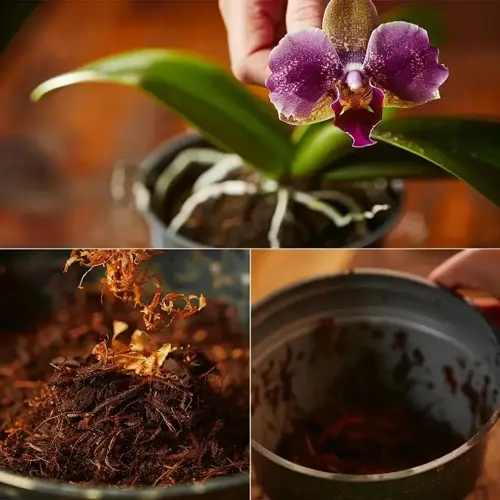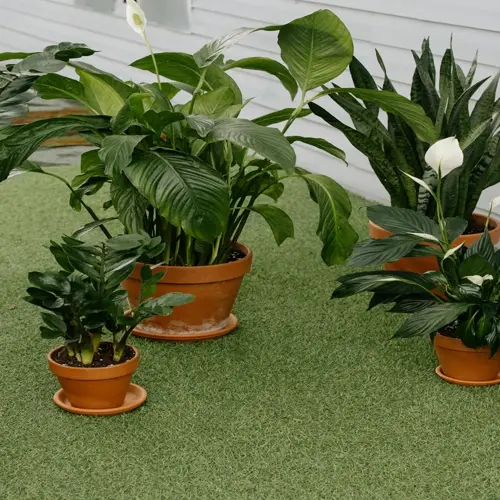What causes brown patches in lawns?

Written by
Michael Sullivan
Reviewed by
Prof. Martin Thorne, Ph.D.Brown patches on a lawn can be troublesome for homeowners, especially when they notice large areas of dead grass that dominate the lawn. Brown patches represent an underlying issue or issues that require specific action to fix. In many cases, homeowners miss the underlying cause and end up wasting time and money spraying chemicals on the lawn. I have witnessed lawns return to full stature when the homeowner discovered the true cause first.
Fungal diseases can manifest in distinct forms that resemble rings or thread-like growths. Brown Patch disease thrives at 70-90°F with ample moisture, while Red Thread prefers the cooler, damp spring weather. These fungal diseases also require different fungicide timing. If you treat your lawn during heat weeks with temperatures over 90°F, it will be ineffective and may even do more harm than good to your lawn.
Pest Damage
- Grubs: Spongy turf that rolls up like carpet with C-shaped larvae underground
- Armyworms: Rapid browning with visible striped caterpillars moving in groups
- Treatment: Apply bifenthrin within 48 hours for armyworms GrubEx prevention for grubs
Watering Errors
- Overwatering: Creates fungal breeding grounds especially with evening irrigation
- Underwatering: Grass turns brittle and straw-colored during drought dormancy
- Fix: Water deeply at 6-10 AM twice weekly providing 1 inch per session
Nutrient Imbalances
- Nitrogen Excess: Burns grass like pet urine spots concentrated in small areas
- Phosphorus Deficiency: Purple leaf edges on Kentucky Bluegrass stunted roots
- Solution: Test soil every spring before fertilizing adjust based on results
When thatch accumulates to over 1/2 inch, it forms a water-shedding layer. This mat prevents water and nutrient access for the grassroots. Excessive foot traffic compacts the soil, limiting access to oxygen. Both issues contribute to a slow suffocation of your lawn, resulting in gradual browning of the grass.
Seasonal weed dieback leaves temporary brown patches when invasive plant growth fades. Seeding of grass varieties appropriate for your region increases recovery speed compared to non-reseeding. Proper diagnosis prevents misapplied treatments, saving money and ultimately preserving the integrity of your lawn.
Your lawn can recover and re-establish its beautiful green color in just one growing season. You will have targeted fixes based on proper ID. Through consistent care, you can expect to see progress every week. Begin with soil testing today for a healthy lawn next month.
Read the full article: Brown Patches Lawn: Causes and Solutions

